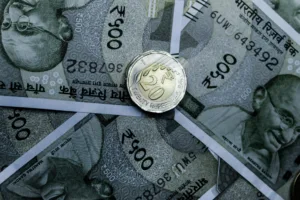Emerging Asian economies are preparing for major changes after U.S. President Donald Trump announced a sharp increase in tariffs on Chinese imports. With a 20% tariff hike on all Chinese goods—along with additional levies on steel, aluminum, automobiles, semiconductors, and pharmaceuticals—the region faces both risks and opportunities.
According to a research note by Natixis, some Asian countries could benefit from this shift, while others are at risk of economic strain. Vietnam, Malaysia, and Thailand may see gains as companies look for alternatives to China. However, India, South Korea, and Singapore are more vulnerable due to their exposure to U.S. trade policies.
Winners and Losers in the Tariff Shake-Up
Countries Facing Risks:
India & Thailand: These nations could be hit hard because they have high tariff differences with the U.S. If Washington decides to impose further trade restrictions, these countries may face retaliatory measures.
South Korea: With a strong presence in the steel, auto, and semiconductor industries, South Korea is particularly exposed to the new tariffs.
Singapore & India: Both countries could face significant setbacks if the U.S. tightens restrictions on pharmaceutical imports, a key sector for their economies.
Potential Beneficiaries:
Vietnam: Despite its reliance on U.S. exports, Vietnam remains an attractive destination for manufacturing as companies look to shift production away from China. However, if Trump extends tariffs beyond China, Vietnam’s advantages could quickly erode.
Malaysia: As a major player in semiconductor exports, Malaysia stands to benefit—unless the U.S. decides to expand its chip tariffs, which could hurt its growth.
Thailand: While Thailand faces risks, it could also gain as businesses shift their supply chains away from China, boosting its manufacturing sector.
Broader Economic and Geopolitical Concerns
The impact of these tariffs isn’t limited to just trade numbers. Analysts warn that China may retaliate by targeting U.S. agricultural exports, creating further instability. Additionally, global trade routes could face disruptions, adding uncertainty to the world economy.
If Trump moves beyond targeting China and extends tariffs to other Asian nations, the consequences could be severe for the entire region. Countries that depend heavily on exports to the U.S. may face economic slowdowns, forcing them to rethink their trade strategies.
As the trade landscape shifts, businesses across Asia are closely watching how policies unfold, preparing for both challenges and opportunities in the changing global economy.
Bringing you the latest updates on finance, economies, stocks, bonds, and more. Stay informed with timely insights.








Be First to Comment